Home Upkeep 101
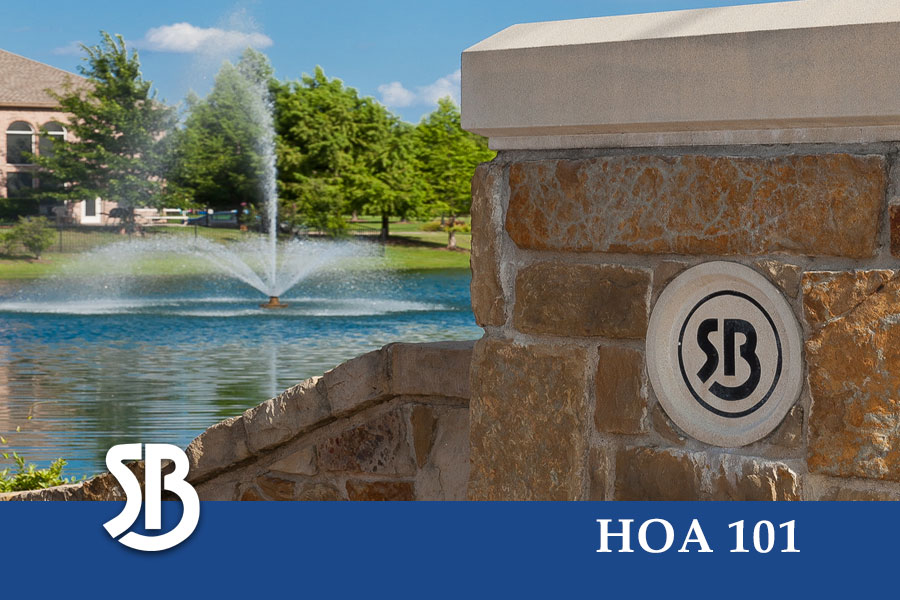
Few upkeep activities keep our villages looking better than the collaborative effort of homeowners to maintain their homes and ensure their yards meet lawn standards. Let’s all work together to make Stonebridge Ranch look stunning this year!
Village Standards
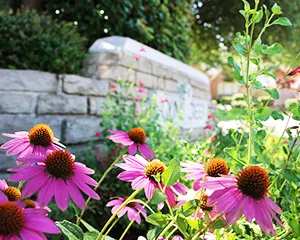 Each neighborhood has village guidelines which relate to landscaping. They includes requirements re: how many large canopy trees, ornamental trees, and shrub placements homeowners need in their yards. Below on this page are a few basic guidelines for all property owners in Stonebridge Ranch to keep in mind. Please be sure to read your village guidelines for specifics related to your neighborhood. Note that the village guidelines are generally more restrictive than the Stonebridge Ranch Community Association (SRCA) guidelines. In all cases, the most restrictive guideline must be followed.
Each neighborhood has village guidelines which relate to landscaping. They includes requirements re: how many large canopy trees, ornamental trees, and shrub placements homeowners need in their yards. Below on this page are a few basic guidelines for all property owners in Stonebridge Ranch to keep in mind. Please be sure to read your village guidelines for specifics related to your neighborhood. Note that the village guidelines are generally more restrictive than the Stonebridge Ranch Community Association (SRCA) guidelines. In all cases, the most restrictive guideline must be followed.
The Basics
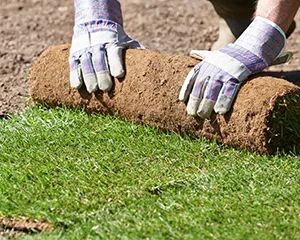
- All villages in Stonebridge Ranch require at least one large canopy tree in each front yard. Some villages require more. This is not only an association requirement, but a City of McKinney requirement as well.
- A minimum of 50% turf grasses is required in front yards, which includes side yards to your front facing gate.
- Each home must have at least one row of evergreen shrubbery along the foundation.
- To remove an existing tree that is required by guidelines, you must have prior written approval by the Modifications Committee. (If you are replacing the tree with one from the recommended tree list, you do not need written approval.)
- Landscaping must be maintained—and when needed, replaced—following the highly recommended or acceptable plant material list from the Stonebridge Ranch plant palette. See the landscaping requirements in the Modification Design Guidelines.
- Landscaping improvements must not impact the function of any drainage easement.
- Trash totes and recycling bins may be placed out for pick up no earlier than 6 PM the day prior to the trash pickup day and must be properly stored by 7 AM the day following trash pickup. The Modification Design Guidelines include regulations for where and how bins may be stored.
Landscape Bed Edging
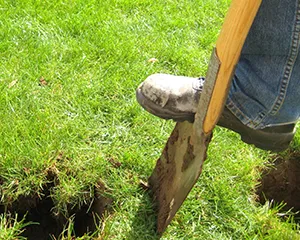 Our compliance staff often field questions from residents regarding landscape bed edging. The association prefers a neat 2-inch deep trench. Other options are acceptable as well, but you must meet the requirements outlined in the Modification Design Guidelines. They include: metal edging; stones cut in uniform rectangular shapes and consistent in height; segmented interlocking concrete units; regular brick edging; and natural stone boulders set in a natural dry stacked pattern and not mortared. Importantly, before utilizing any of the alternatives to a neat 2-inch deep trench, read the Modification Design Guidelines for specifics related to each.
Our compliance staff often field questions from residents regarding landscape bed edging. The association prefers a neat 2-inch deep trench. Other options are acceptable as well, but you must meet the requirements outlined in the Modification Design Guidelines. They include: metal edging; stones cut in uniform rectangular shapes and consistent in height; segmented interlocking concrete units; regular brick edging; and natural stone boulders set in a natural dry stacked pattern and not mortared. Importantly, before utilizing any of the alternatives to a neat 2-inch deep trench, read the Modification Design Guidelines for specifics related to each.
Safe, Clean, Attractive
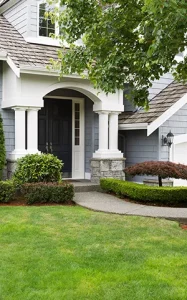 Section 9.12 of the Association’s Covenants, Conditions, and Restrictions (CC&R’s) provides homeowners with landscape maintenance guidance. The standard is that each property should be maintained in a “safe, clean and attractive condition.” Upkeep is to include, for example, “the proper seeding and consistent watering and mowing of lawns,” “the pruning…of all trees and shrubbery,” and “keeping lawn and garden areas…free of weeds and attractive.”
Section 9.12 of the Association’s Covenants, Conditions, and Restrictions (CC&R’s) provides homeowners with landscape maintenance guidance. The standard is that each property should be maintained in a “safe, clean and attractive condition.” Upkeep is to include, for example, “the proper seeding and consistent watering and mowing of lawns,” “the pruning…of all trees and shrubbery,” and “keeping lawn and garden areas…free of weeds and attractive.”
One task a homeowner may face in lawn care is restoring noticeably brown or “bare spots”. Read ahead for tips to help you meet the community’s standard level of care for grass.
- Bare spots are prone to occur over time in shady areas of your lawn or in areas of unhealthy soil. Pay attention to how shade falls in your yard throughout the day. This will help you predict where bare spots might develop. Many homeowners depend on professionals to help them maintain healthy soil, but there are also many resources available online and at the public library which can advise you how to create a nutrient-rich environment for your grass.
- If you develop bare spots beneath your trees, one step you can take is trimming and thinning the canopy above.
- To help prevent the onset of bare spots, lawn professionals recommend planting a shade tolerant grass such as Zoysia or St. Augustine in the shady areas of your yard.
- If shaded areas of grass can’t get the sunlight they need to thrive, one solution to consider is installing landscape beds or tree rings. However, if you are considering this fix for your bare spots, please contact association staff. They can provide assistance as you plan your exterior modification. Many lawn projects require the submission of a Modification Application and approval from the Modifications Committee prior to install.
- When attempting to correct a bare spot by restoring the grass, a homeowner can either seed new grass or install sod patches. The drawback to seeding is that the grass can take a long time to fully grow in, delaying your correction of a bare spot. In contrast, sod patches cover bare areas instantly and can root very quickly. If you do install new sod to areas of your yard, note that it needs to be watered regularly in order to properly root.
We're Here to Help
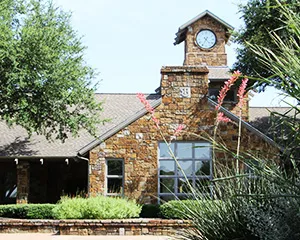 As always, if you have any questions about your yard upkeep, have received a lawn violation, or are unsure what steps to follow as you plan a yard modification or update, please contact the association office to speak to a compliance support staff member.
As always, if you have any questions about your yard upkeep, have received a lawn violation, or are unsure what steps to follow as you plan a yard modification or update, please contact the association office to speak to a compliance support staff member.
